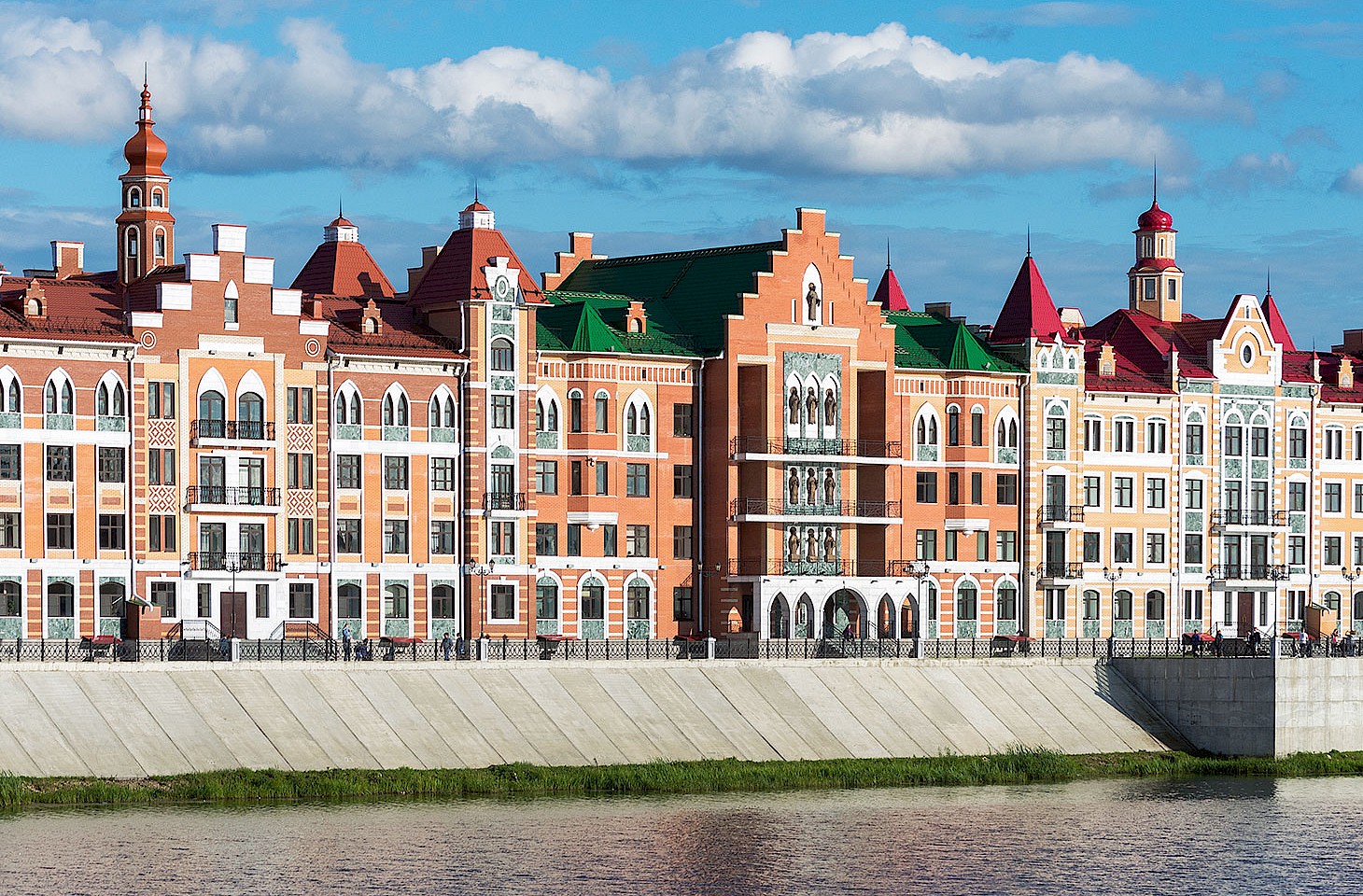hidden europe 33
Out of place, but not out of mind
by Nicky Gardner
Picture above:
Rodin’s statue ‘The Burghers of Calais’ (photo © Tpungato / dreamstime.com).
Summary
So why does a statue of Rocky Balboa stand in a small town in northern Serbia? And why did citizens of Mostar (in Herzegovina) decide that a statue of Bruce Lee could unite their troubled town? We take a look at statues that seem improbably out of place.
Lozenge-shaped graves, fashioned in the form of a ship, are a distinctive element of Bronze Age visual culture on the Baltic island of Gotland. Do these unusual graves, known as 'ship settings' have a deeper cosmological meaning?
The legacy of Leonid Markelov, who in April this year stood down from the position of President of the Mari El Republic, lies in the oddball architecture of the republic's capital city of Yoshkar Ola.
Pull off the main highway just west of Ekaterinburg and you'll find a fairly new monument that purports to mark the border between Asia and Europe. The design recalls the Eiffel Tower in Paris, a nice reminder that Ekaterinburg iron was used to construct the Paris landmark.




